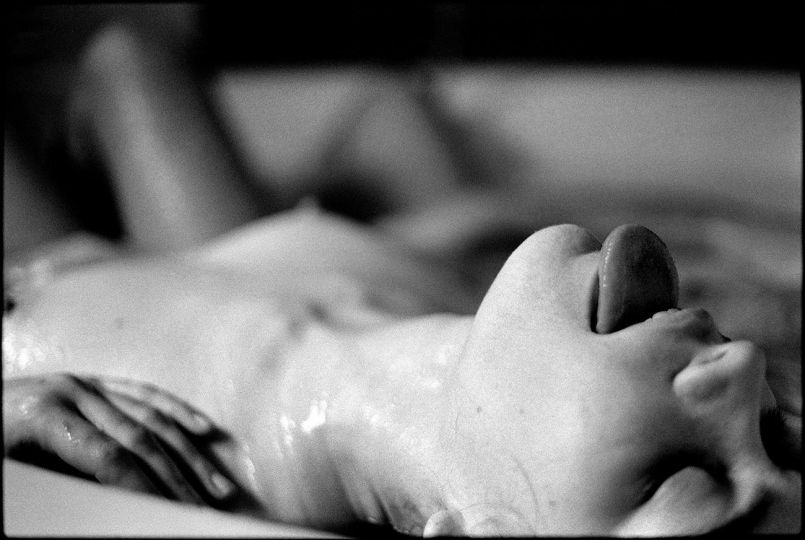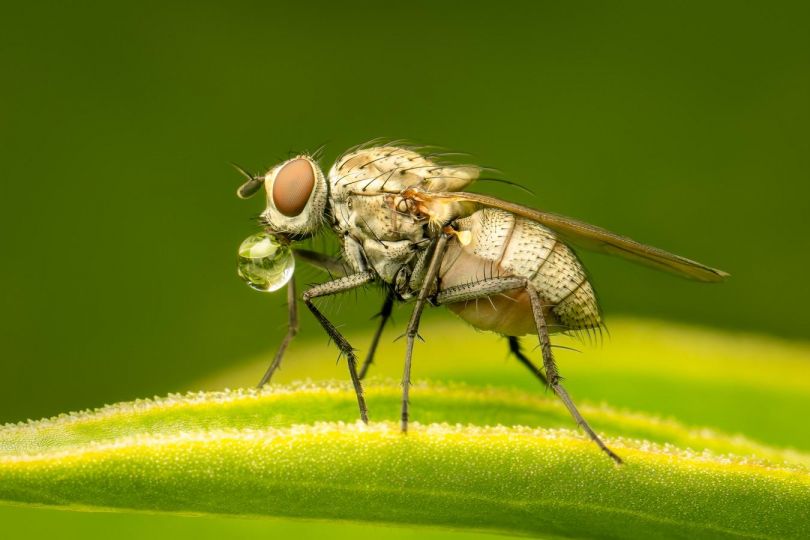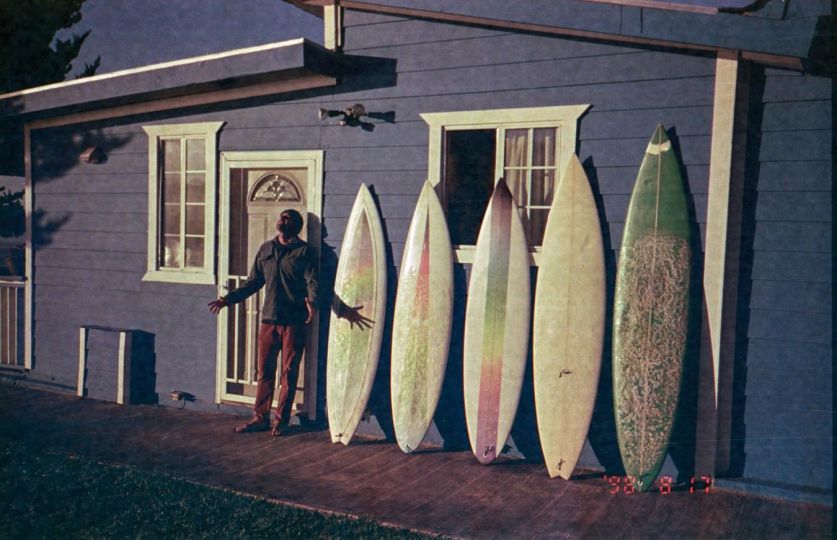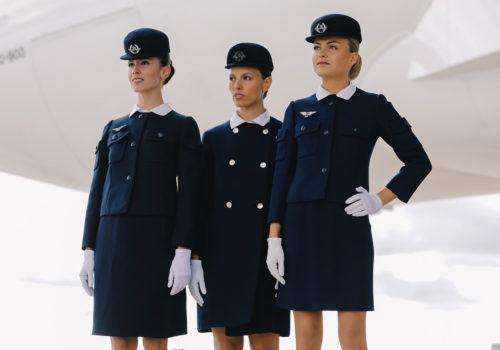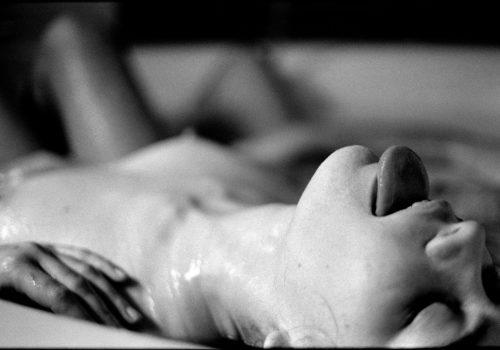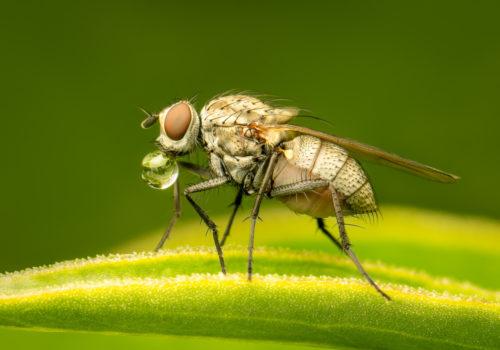Tokyo-based commercial photographer and filmmaker Bruce Osborn began his “oyako” (parent and child) series nearly 30 years ago. Now with a remarkable archive of 3,000 parent/child photos, the images offer a fascinating portrait of Japanese society. I caught up with Bruce and his business partner/Japanese wife Yoshiko, to talk about the evolution of the “oyako” series and the many projects they’ve developed.
Lucy Birmingham: You’ve been working on the “oyako” (parent-child) series for 29 years. That’s almost an entire generation.
Bruce Osborn: Sometimes we’ve photographed the same “oyako” combination when the child has become a parent. So we’ve had some variations on that.
LB: And you started your Oyako Day (Parent-Child Day) series in 2003, right? It’s held yearly on the fourth Sunday in July?
BO: Yeah, we do an Oyako Super Photo Session on that day when we photograph about 100 families.
LB: Now you can have a Grandparent’s Day along with your Oyako Day (Parent-Child Day).
BO: Maybe a Great-Grandparents Day. (Laughing) It’s amazing because at the beginning we didn’t really have a big plan about this thing. It just started off as an assignment for a punk music magazine. The punk musicians had their pose and attitude and I thought I’d like to put them in a different situation than we normally see them. I wondered what does a punk musician’s parent look like, the link where they came from? I thought it would be interesting to see the contrast between the parent and the child. I was surprised to see how close they were, how many similarities they had. The assignment was at a time when our first child was about ready to be born so that’s probably what created my interest in the theme.
LB: And that was 1982?
BO: Yeah, 1982. At that time I had an opportunity to do an exhibition and decided to follow through with that theme. So those first photos created a desire to do more and more with the series. It just seemed from there that things were always happening around that theme. It seemed to take on a life of its own.
LB: You’ve done books with the series?
BO: A number of books. First in 1988 we did “Oyako” (‘Parent and Child’) and then another in 2000. We’ve also done related books, one called “Gomenasai” (‘I’m Sorry’). This is essays by parents and children with apologies they always wanted to express to each other but were reluctant to say directly. Also,“Kazoku” (‘Family’), “Oyabaka Chikara” (‘Proud Parents’ Power’) and others.
LB: How did Oyako Day (Parent-Child Day) come about?
BO: It was in 2003 when we began. I guess you’d say we wanted to do something with more of a social movement.
Yoshiko Osborn: Thinking more about the parent-child relationship rather than just the photography. So we made a date and had an event with a photo session. The people who came wanted to do it again the following year. So we organized a committee and have continued the Oyako Day and photo sessions every year since then. Next year will the 10th anniversary for Oyako Day and the 30th anniversary for the oyako series.
LB: In your “oyako” photos there’s a lot of physical interaction and affection between the parents and kids. But in Japan people tend to hide their feelings. How were you able to capture that?
YO: I think they like to get closer and hug and smile with each other. It’s a natural thing even for Japanese. Maybe they didn’t have that moment in the past. But through the photos sessions they can have that. That’s why I think the sessions are a special moment and memory for the participants.
BO: With the Oyako Super Photo Session we’re on a very high-tension kind of level. With assistants, volunteers and families we’ve got about 50 people in the studio at one time. People are coming in here and we’re like, “OK, let’s go! It’s showtime!” I try to get people moving. During the regular oyako photo sessions I’m going back and forth with my input, whether it’s physical or talking or suggestions. Eventually we find a way to communicate between us and the camera. But during the Oyako Day session we don’t have time.
YO: Parents and children have the chance to do things together when the children are young, like going to the park. But when the children are older they don’t have that kind of moment. So during the photo sessions it’s a collaboration between them, a very special moment, a great memory. It’s a kind of a triangle between the parents, children and Bruce and they create this kind of special energy.
LB: Is there any special technique that you use to make everyone relaxed?
BO: In the Oyako Super Session I try to get people moving and physical. I get them in a situation where they don’t get too concerned about the camera. It’s kind of like doing exercise.
YO: If you look at the homepage you can see when Bruce is shooting. It’s kind of crazy. He’s dancing. It’s like a party kind of atmosphere.
BO: We have an official Oyako Day DJ. We don’t mess around. (Laughing) He’s looking and thinking as he sees the families in the situation and changes the music in the process of what’s going to happen. The Oyako Day shooting is more like a “matsuri” (festival) as opposed to shooting “sakuhin” (artwork). It’s more of a social thing. We try to have a wide range of people. For the regular “oyako” series, it’s usually just two adults, the parent and the child [grown up]. For Oyako Day it could be a group, a very young family or all sorts of different people.
YO: This year the oldest person was 97. The youngest was two weeks. Most people want to come back the following year so we have to choose. We cannot invite everybody because we’re only doing 100 groups.
LB: Who decides the 100 people?
BO: We have a committee but Yoshiko does the main decision making. We ask for everyone to send in a photo and also a letter. The letter explains why they want to have an Oyako Day photo taken. That’s a very crucial part in the end. There are many reasons why people want to have the photo taken. There’s often a lot of drama. It makes it hard to choose. And because we’re fortunate to have all sorts of sponsors, we give them a number of people that they can invite. We look for a variety of photos – age, a kind of look, where they’re living, things like that.
YO: This year we got an application from somebody in Miyagi [Prefecture in the disaster-hit region]. They wanted to have a special photo taken because they have no photos left of their family [after the tsunami destroyed their home.]
BO: It was the father’s birthday. It was a big family with four [grown] children and grandchildren. The grandma came too. In those kinds of situations we really want to invite them.
LB: You’ve photographed thousands of parents and children. Are there any that you particularly remember?
BO: There are so many that it’s kind of hard to get into that. We’ve photographed many famous people. We’ve shot people like [Kabuki actor] Danjuro Ichikawa and his son Shinnosuke who was 14 at the time. But I guess I still go back to the very first one with [punk band rocker] Shigeru Nakano, with the Mohawk haircut, and his mother Yae. Shigeru was the kind of guy who had a scary presence on stage. His band was called ‘Anarchy.’ We found out that his mother was his biggest fan. She said, “Oh, I’m always going to the concerts and I get to meet all sorts of interesting people back stage.” (Laughing) Then we hear that she’s a big karaoke fan. She has a kind of karaoke group and they rent a stage and do live shows every so often. And she said, “Shigeru and I sing a song together on stage.” And I thought, my god, these two are really close. She said he was so darling as a baby. (Laughing) That was such an important kind of start line. Everything followed after that. When you start a series and the first photo you’ve taken is so memorable, it creates a desire to go on and on.
There was also Akiyuki Nozaka, a [well-known] novelist. He likes to drink a lot. He has no problem about saying what he thinks on TV, or wherever. He writes rather controversial, risqué novels. About a week before the shoot we got two or three calls from him, very early in the morning. He would say in a very serious voice, “This is Nozaka.” Then he’d ask if it was okay to wear certain clothes or a certain hat. So the day of the shooting he walked into the studio stone cold like a statue, very dramatic. And he had this paper bag and his daughter was with him. And it was like a sudden chill filled the studio. Then he opens up the bag, and of course everyone was looking at him from the corner of their eyes. And he takes out this giant roll of tape. He rips off a piece. He pulls it up and starts patting his clothes to get off the lint. (Laughing) When we were taking the photo he wouldn’t talk. He didn’t say anything. We really thought he had wanted to take the photos. He was really uptight and not very happy. Later he wrote in an article that it was such an important thing to have the picture taken with his daughter that he quit drinking for a whole week to get ready. I guess he was extremely nervous. It was quite interesting. We shot another novelist earlier this year, Shizuka Ijuin. Yoshiko, you can explain it better.
YO: Ijuin left his wife when she was pregnant with their daughter and went to live with his girlfriend. He didn’t see when his daughter was born and didn’t meet her for a long time. Before they came to the studio they had only met about five times. It was a really emotional session.
LB: For your Oyako Day 2011 exhibitions in Tokyo (Sept. 15-21) and Osaka (Oct. 27-Nov. 2) was there anything special that you did this year?
BO: This year we ended up shooting 110, more than we were thinking. Yoshiko has posted some of the letters from applicants saying why they wanted to have their photo taken. We took some pictures in Soma [hit by the March 11 disasters] and displayed those. We also introduced photos selected from an “oyako” photo contest. They came from a lot of places, mostly Japan, and some from America and Europe. We also had an essay contest with stories written by parents and children.
YO: We’re also doing a big “oyako” exhibition called “Irreplaceable Things” in the city of Maibara until March 31 next year. It’s at the newly renovated train station, only about 20 minutes by bullet train from Kyoto. Bruce also took “oyako” pictures in Iwate and Miyagi Prefectures [hard-hit by the disasters] in October. That’s one of our big projects.
LB: One of the disheartening things about the disasters is that so many people lost all their photos. It was especially hard for everyone to lose their family albums. I’m sure you’ve come across that again and again.
YO: Yes, so many people lost their smile. Last time we went there to take photos of parents and children, many people told us that since the disaster, the photo session was the first time they were able to smile.
LB: What are your future hopes for the “oyako” series?
BO: It sounds like kind of a crazy dream, but our goal is to create Oyako Day on the same level as Mother’s Day and Father’s Day. A word like “oyako” doesn’t exist in English and European languages. We think it has a different, special meaning, much more indicative of the basic unity of the family. We’re hoping to introduce the word “oyako” into the English language.
LB: You wouldn’t be happy with Parent-Child Day?
BO: We thought about how to write Oyako Day in English, like Family Day, but it’s not the same thing. “Oyako” is not ‘parent and child’. It’s not separate. It’s one, together, one unit. It’s kind of the essence of the relationship, the continuation of life.



